How To Connect Bh1750 With Arduino: Measure Ambient Light
About the project
Learn how to measure ambient light for smart lighting control using Arduino and the BH1750 Light Intensity Module.
Project info
Difficulty: Easy
Estimated time: 1 hour
License: GNU General Public License, version 3 or later (GPL3+)
Items used in this project
Hardware components
Story
In this tutorial video, you'll learn how to physically connect the BH1750 light sensor to your Arduino board and use Arduino code to retrieve luminance values from the sensor in lux units. This knowledge is incredibly useful for various applications, from smart lighting systems to environmental monitoring setups. By following the steps carefully, you'll understand both the hardware setup and the code integration process, allowing you to incorporate the BH1750 sensor seamlessly into your projects.Before reading the remainder, be sure to subscribe and support the channel if you have not!
Subscribe:
Support:
https://www.buymeacoffee.com/mmshilleh
Step 1-) Physical Connection
For this tutorial, we'll be using an Arduino Nano, but feel free to use any Arduino model you prefer. Just ensure that you map the same four connections for I2C. Keep in mind that different Arduino models may have different pin arrangements, so match all connections appropriately according to your specific board's layout. Additionally, verify that the pinout matches your BH1750 sensor to ensure seamless integration.
Step 2-) Code Arduino IDEGo to Arduino IDE and download the BH1750 library by Christopher Laws. You can download it from the Library Manager.
Next you can open an example file in File > Examples > BH1750 > BH1750testIf you did everything properly you can run this example which incrementally reads lux values from the sensor. Shine a light at your BH1750 and see how it reacts, the lux values should increase accordingly, pretty neat. This code is the building block of projects you can create with this sensor. I hope you got it to work
ConclusionIf you found this BH1750 tutorial helpful, consider subscribing to the channel. Your support enables us to create more simple and useful videos for the community.
Credits

mahmood-m-shilleh
Mechanical and Software Engineering Background. University at Buffalo 2019 Texas A&M 2021 I make data pipelines for my day job. Outside of work, I participate in online communities regarding Full Stack Engineering, Microelectronics, and more. You can find more details about me on my Youtube Channel. https://www.youtube.com/@mmshilleh Feel free to reach out!


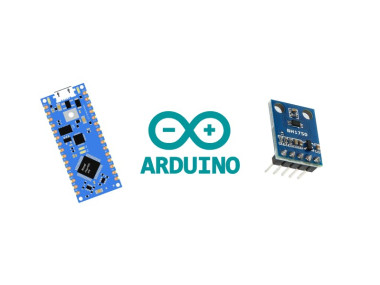


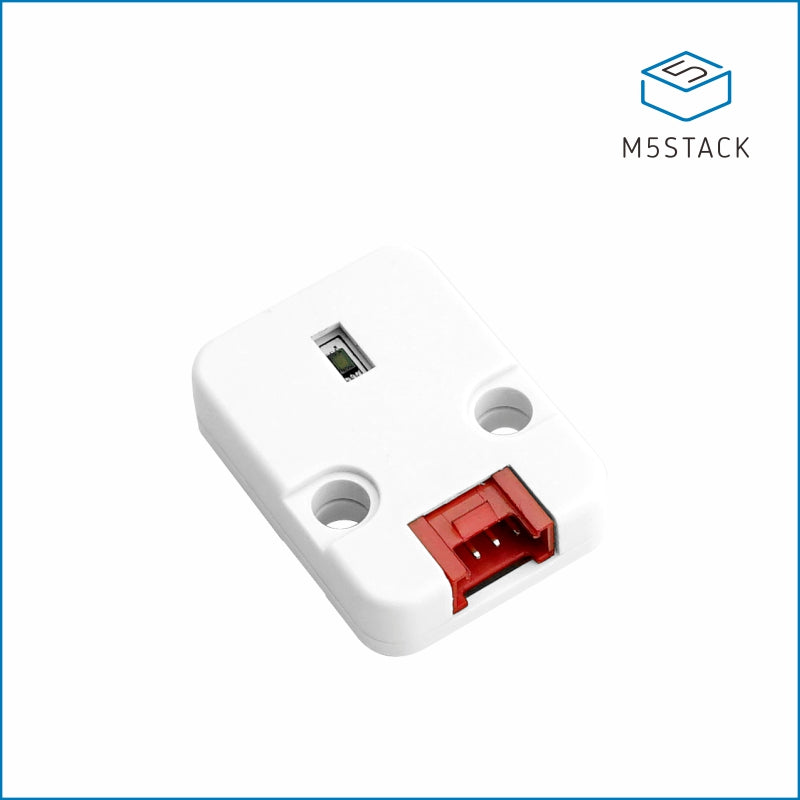
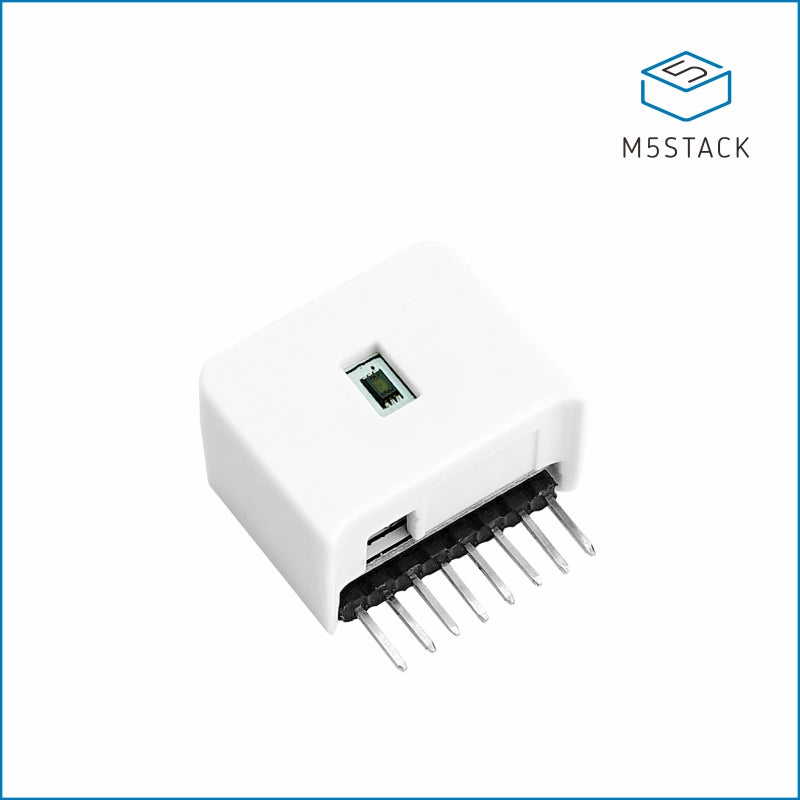





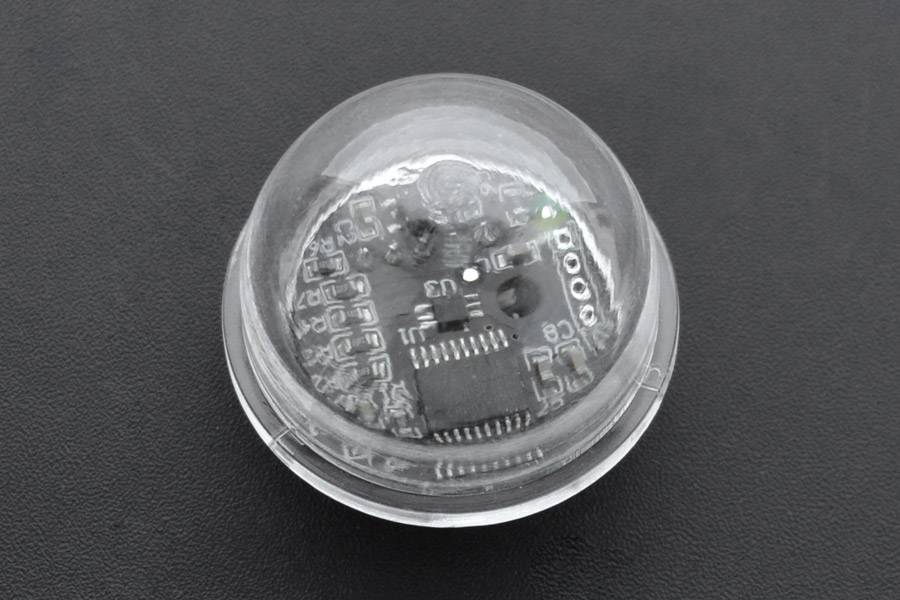
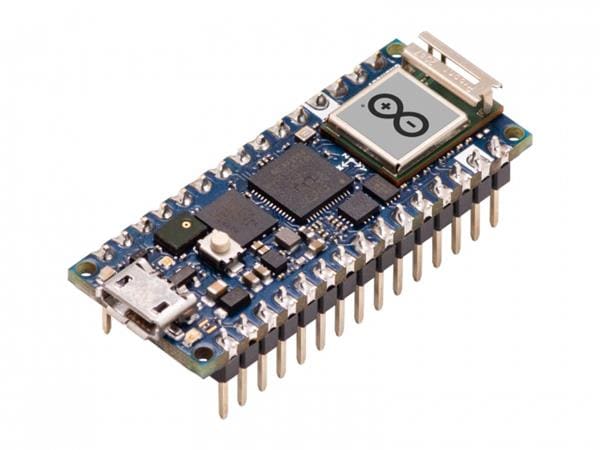
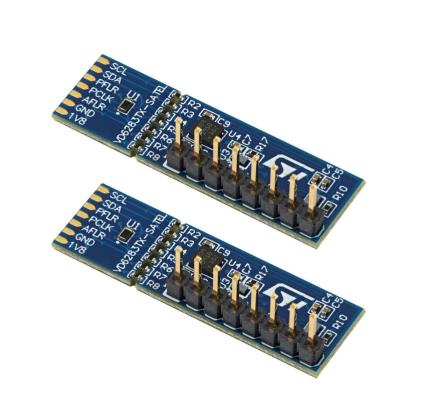
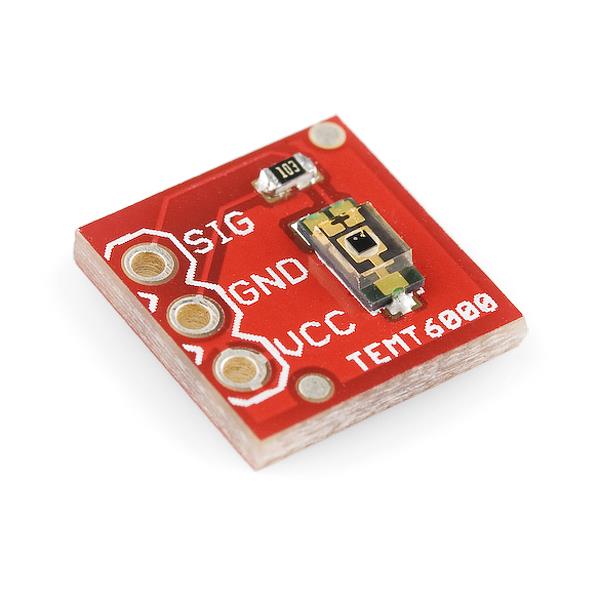
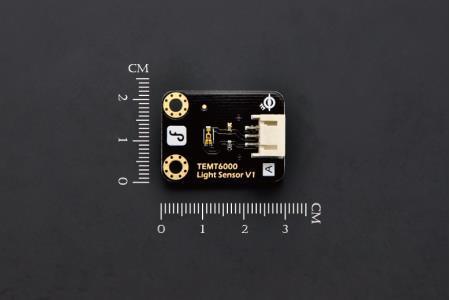
Leave your feedback...